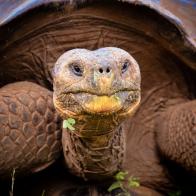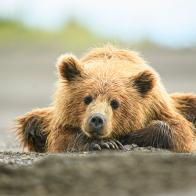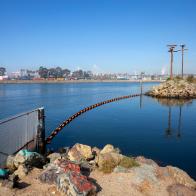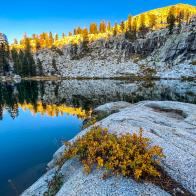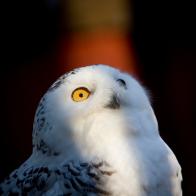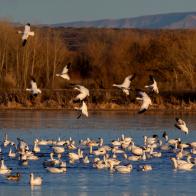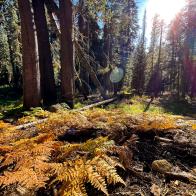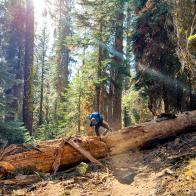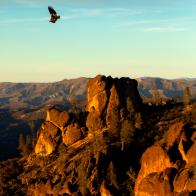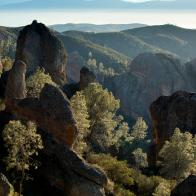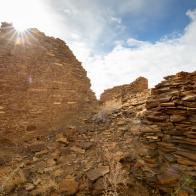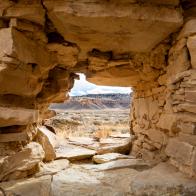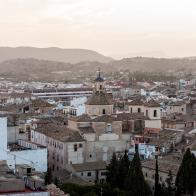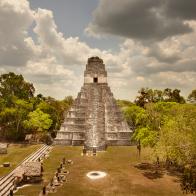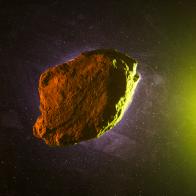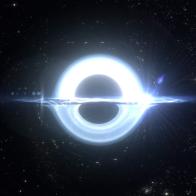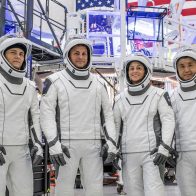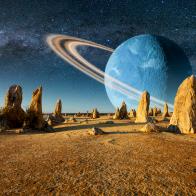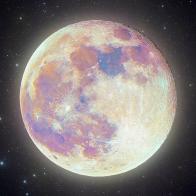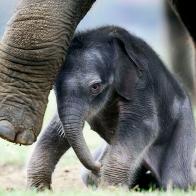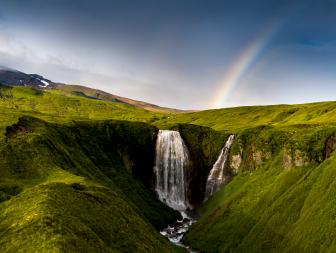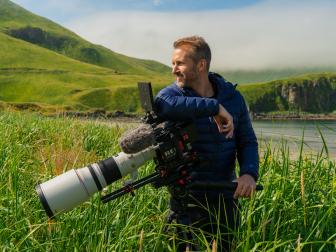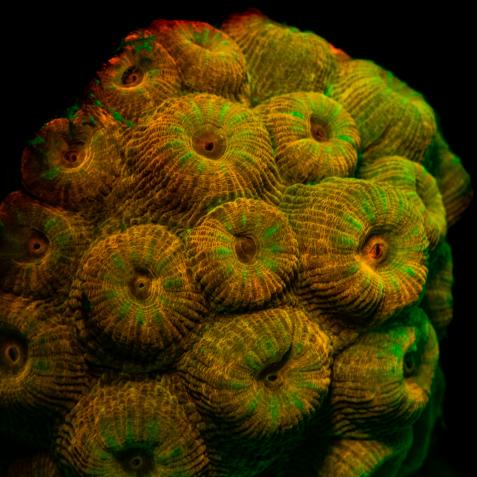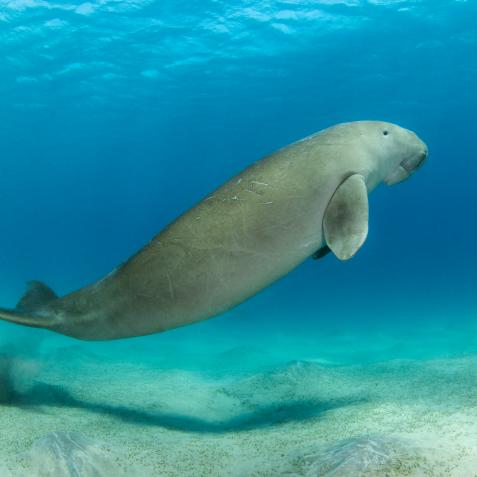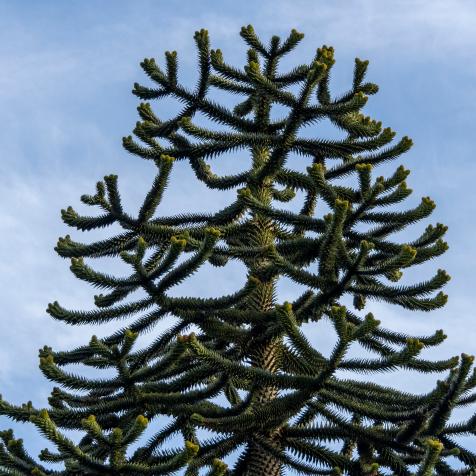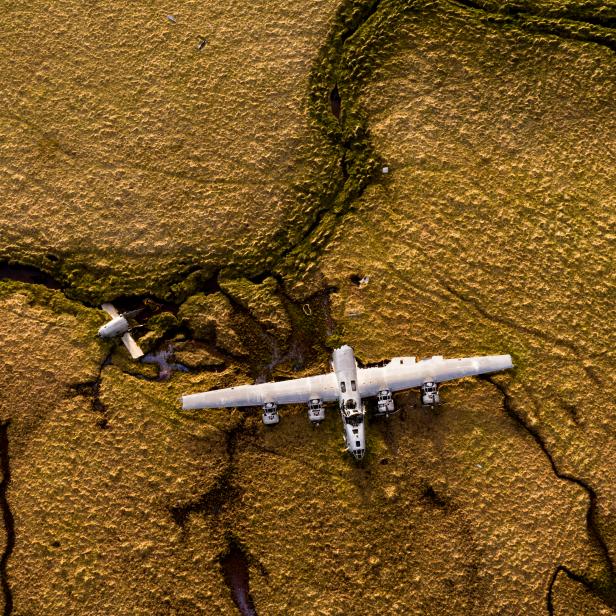
Tandem Stills + Motion
Discover the Last Unknown of the Aleutian Islands

The Aleutian Islands in Alaska are a rugged, wild network of 2,500+ islands which swing out from a small fishing village out into the middle of the Bering Sea. They are not only protected by remote isolation, but also in their designation as Alaska Maritime National Wildlife Refuge.
Watch Ian’s full adventure unfold in THE LAST UNKNOWN: The Aleutian Islands, streaming on discovery+ on March 18.
We live in a world where most wild places are well mapped with established trails and plenty of photos accessible in the palm of our hand that are only a hashtag away. But imagine photographing a place that is completely unknown, where the beaches have no docks, the hillsides have no trails, and there are no maps or apps showing you where to go. There’s no restaurant waiting on the other end. A place so primordial and rich with wildlife, that the only sounds you hear are the endless squawks of millions of seabirds performing an ancient ritual as old as history itself, or the bellowing echo of hundreds of thousands of giant, lumbering northern fur seals.

This is where I’ve found myself! I spent a total of six weeks aboard the research vessel Tiglax (pronounced TEK-LA) which means “eagle" in Aleut-Unungan, the first people to inhabit this region of Alaska. While some islands have small fishing villages, most of the 2,500 islands of Alaska Maritime National Wildlife Refuge are uninhabited and vastly unexplored. Many islands appear on a map, but many do not.
Coming here as a photographer is one of the most challenging and rewarding experiences of my life. After you get used to the rough Bering Sea and North Pacific, the constant wind and light rain, and near-freezing temperatures, you realize that you are a visual pioneer of a landscape not often seen before by humans. Each image captured will live on as a representation of this protected national wildlife refuge. For the scientists that come here, they reveal new information about the health of our planet and our oceans.
The Aleutian Islands Revealed 14 Photos
The rugged and wild terrain of the Aleutian Islands are so remote, it is a journey in and of itself to arrive at the shores of this Alaskan archipelago. Conservationist and nature photographer, Ian Shive explores the shores of this far off place for NATURE IN FOCUS.Also, be sure to watch Ian’s full adventure THE LAST UNKNOWN: The Aleutian Islands, streaming on discovery+ on March 15.
To the outsider, scientists trekking across dangerous seas and braving hostile elements may appear to be a fool’s errand, but their bravery and commitment is a vital act. These scientists know that braving the elements provides a shortcut of sorts, and the secret is in the millions of seabirds that nest here. The scientists consider these birds their foot soldiers, doing a job that would otherwise be impossible to humans. As these millions of seabirds travel thousands of miles across the ocean in search of food, they take bites of plankton or squid--each bite is a point of raw data on the health of the ocean where they eat. It's an ocean sample, of sorts. So when the scientists study the birds and their diets, they are able to extract the thousands of bites each bird has taken into a glimpse of what is happening in the ocean. Gathering that sort of data across so much ocean would otherwise be an almost impossible task.
The Last Unknown: The Aleutian Islands
The Last Unknown streams Thursday, March 18 on discovery+.
The Last Unknown | A High-Seas Adventure to the Aleutian Islands 01:58
In cooperation with the U.S. Fish and Wildlife Service, nature photographer Ian Shive documents the marvels of one of the world's most pristine ecosystems.
Dive into The Last Unknown with Nature Photographer and Conservationist Ian Shive
In a daring, high-seas adventure, award-winning photographer Ian Shive captures a series of wildlife spectacles including an active volcano, forgotten World War II relics and battles amongst species.
Documenting this process was a visual feast. I’ve never seen so many birds in one place, and the diversity of species set against such a wild and rugged landscape allowed me to create images boundlessly. There is so much more than just seabirds here, though. Some islands have a rich history going back to World War II. Others go back to the earliest of times when the first people of the Americas arrived-- though with most islands uninhabited, it is the wildlife that rules here.














